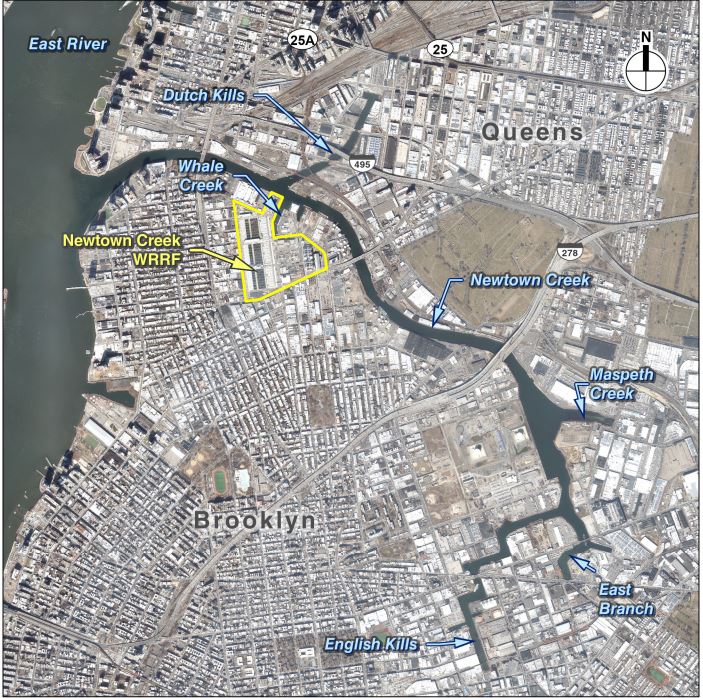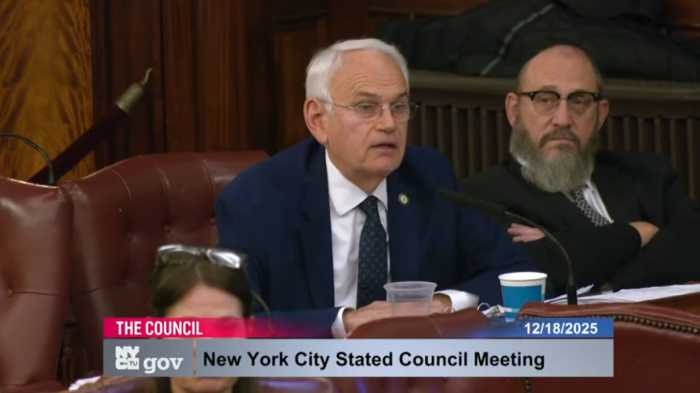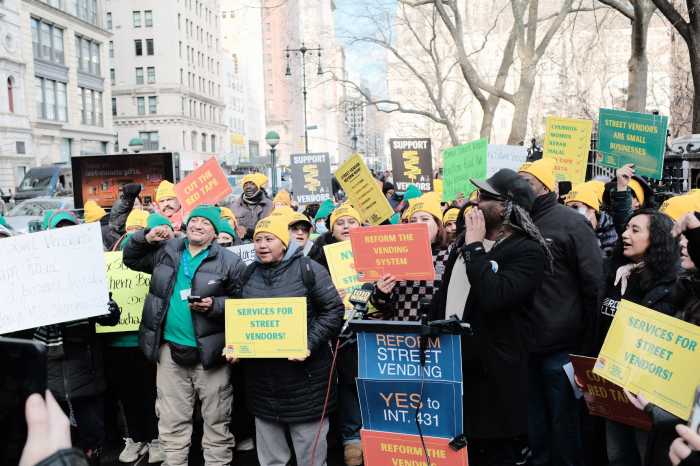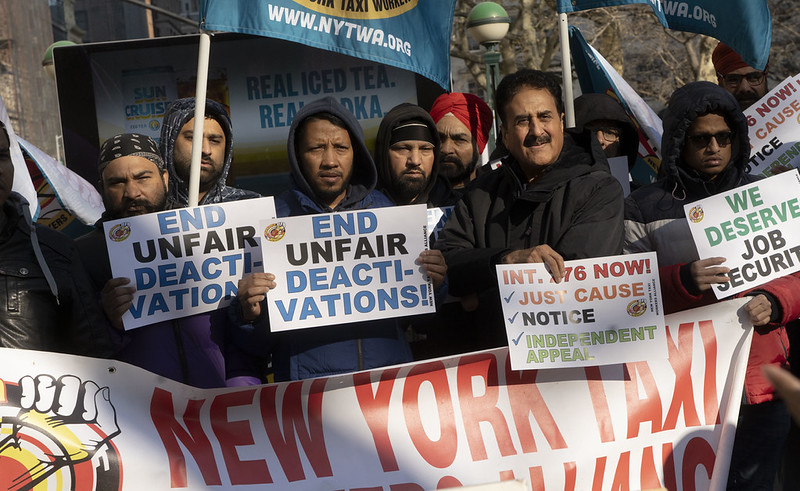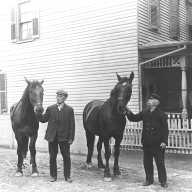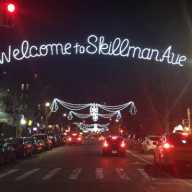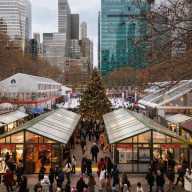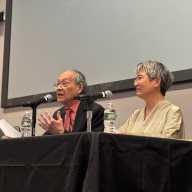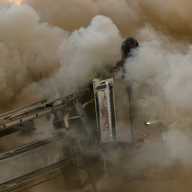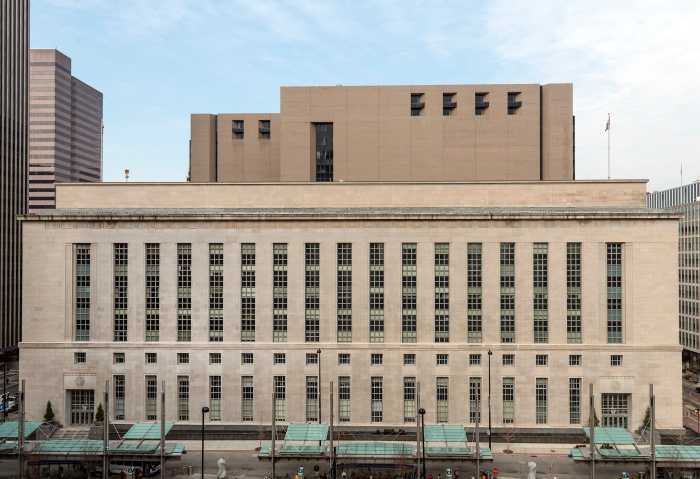Last week at the Christ the King High School cafeteria, Queens Community Board 5 held a public hearing featuring representatives from the NYC Department of Environmental Protection (DEP) to discuss the Newtown Creek CSO Storage Tunnel project: a plan for a combined sewer overflow (CSO) tunnel that would stretch 3.26 miles underneath Brooklyn and Queens.
The major city capital project is awaiting site approval to build the storage tunnel, four major outfalls and a pump station on schedule by 2040.
In the New York City sewer system, rain and sewage water go to the same locations, which means larger storms that cause flooding can overload the system and force it back out into bodies of water. The outfalls leading to the storage tunnel would contain around 50 million gallons of overflow and prevent the system from flooding 25-40 times a year, down to about 7. CSOs are a common problem throughout U.S. cities and the higher frequency of floods due to Climate Change. Last year alone, there were five total floods in New York that cost taxpayers upwards of $2 billion, according to National Centers for Environmental Information (NOAA).
“There are some storms that are just too big,” DEP Project Manager Kate Eden said to the board. “But in our plans we’ve modeled it for every year, including Climate Change projections… and [it will] be capturing over 70% of CSOs that would have gone into the creek.”
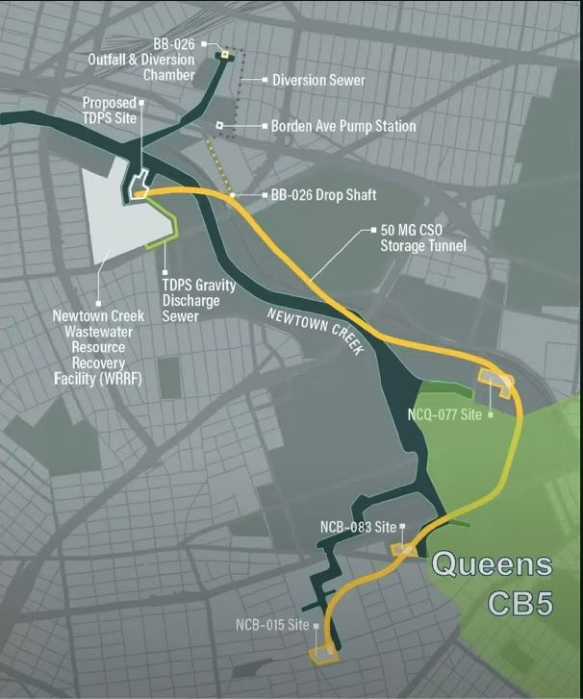
Construction requires the purchase of 10 properties within CB 5, but will be minimally invasive as the tunnel will be dug 80-130 feet below the surface to avoid disturbing properties and access points will be placed in industrial zones. Only one intersection will be affected by construction traffic, located at Maspeth Avenue and Rust Street. Railroad Place will be completely closed, but Amazon warehouse employees will be provided with a temporary road to be able to access the facility.
The proposed sites now need to be approved by CB 5 and CB 2 in Queens and Brooklyn Community Board 1 before the next step of the city’s Uniform Land Use Review Procedure (ULURP). Experts estimate the process will be complete by April 2026, and construction can begin sometime in 2028.
The presentation drew concerns from the board on the proposed project’s cost over its lengthy timeline for construction. However, Eden assured board members the plan is already included within the City’s Ten-Year Capital Strategy for 2026-2035, and is already funded with a combination of state and federal funds.
“We’re talking about a project mandated by the EPA and the DEC. If we don’t complete them, we face fines… so those are priority projects,” Eden said.

